It is ‘process rather than product’, Chinua Achebe wrote in 1984, that matters most in the creative practices of the Igbo people of southern Nigeria. The act of making, that is, and the animation of the object in religious customs, are of far greater significance than any innate aesthetic worth that the item itself may be said to possess. In common with a number of African societies, what is ‘painstakingly and devoutly accomplished’ by the Igbo – Achebe is referring here to the sacred mbari houses, constructed over many years and packed to the rafters with sculpture for use in propitiatory rituals – is allowed to fall into ‘purposeful neglect’, or even destroyed, once its function has been fulfilled. For ‘when the product is preserved or venerated’, Achebe writes, ‘the impulse to repeat the process is compromised’. This is a corrective to the tenet by which auction-houses and galleries continue to present by-products as masterpieces – but it also renders uncertain the status of many African artefacts in ethnographic museums the world over. What can a static object tell us from behind glass about the states of religious rapture to which it once guided its makers and its bearers?
It is, however, precisely the subjective experience of religious ecstasy that this sweeping, transhistorical and multimedia exhibition at the Musée d’ethnographie de Genève (MEG) attempts to communicate. Placing historical objects from the museum’s collection in the context of living testimonies, the exhibition seeks to shift the foundations of its visitors’ engagement with ethnographic artefacts. Films, photomontages and installations, some commissioned specially for the exhibition, present both first-hand accounts and artistic interpretations of how it feels to be transported by ecstatic faith; the objects themselves appear as witnesses to a continuous history of human rapture.
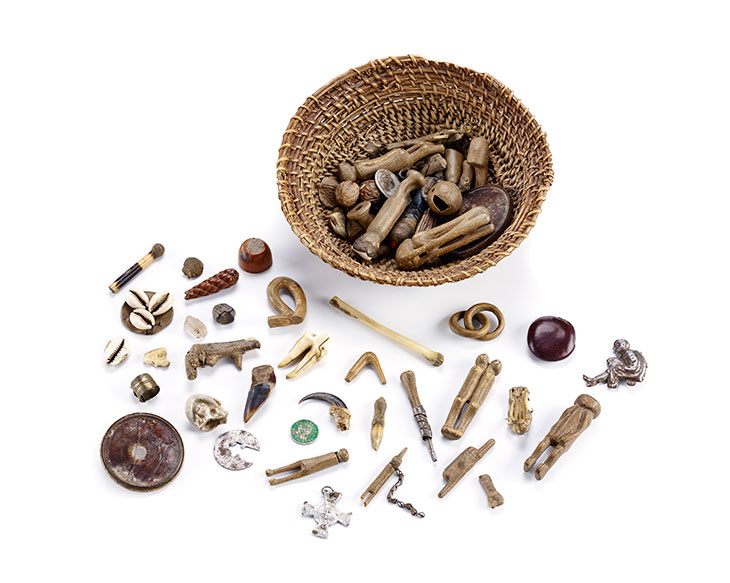
Ngombo divination basket containing 62 natural, carved or manufactured miniature elements (first half of 20th century), Ovimbundu, Angola. Musée d’ethnographie de Genève Photo: Jonathan Watts
Something like this is recounted by Kenneth Chipoto, a chimbanda (diviner) in the Chavuma district of Zambia, in an interview conducted last year with the MEG’s director Boris Wastiau. Once a choir leader in the New Apostolic Church, Chipoto fell prey in 1985 to a strange sickness – a visitation, in his words, ‘by the demon of divination’. On consulting a local diviner, Chipoto learned that the spirit of his late father, affronted by his son’s chosen faith, was responsible for the infliction. After a ritual cleansing in the form of a chilika ceremony, Chipoto became a diviner, and accepted into his possession the ngombo – the divination basket, with which the chimbanda diagnoses and cures the evils and imbalances afflicting his community.
In a nearby vitrine near the screen showing this interview, there is an ngombo basket containing 62 small items – feathers, cowrie shells, anthropomorphic carvings and metal casts. It is remarkable how one’s encounter with the objects changes after watching Chipoto’s testimony. ‘I did not ask to receive the ngombo,’ Chipoto explains. ‘I became obliged to inherit it.’ Later, he describes how his own ngombo staff ‘is usually held by four strong people. Weak ones can be thrown aside if they try to handle it.’ It’s as if something vital has been returned to the objects by the proximity of the contemporary installations – as if somebody might pick one up from its case at any moment and be transported to a beatific state.

Trip to Mount Zuqualla (film still; 2005), Theo Eshetu. Photo: Theo Eshetu; Courtesy Theo Eshetu and Axis Gallery, New York
The focus on subjective experience also enables the exhibition to navigate a subject as diffuse as religion in Africa. Ancestor figures and power objects from several sub-Saharan cultures appear alongside Ethiopian Coptic crosses, Islamic objects such as magic-square manuscripts, a monumental votive sabre inscribed with qur’anic verses and revelatory writings by a 19th-century Sufi, as well as copper-alloy Hanukkah lamps from Morocco. All of these exhibits are of great antiquarian interest in their own right. Together they offer a reminder that the major Abrahamic faiths have a history on the continent many centuries older than is often remembered in the West. Yet as with the ngombo, these objects only take on their full significance in the light of the contemporary. In one video installation, Trip to Mount Zuqualla (2005), Theo Eshetu documents a pilgrimage to this extinct volcano in northern Ethiopia. With a soundtrack that flits between Bach, Ethiopian Coptic hymns and hip-hop, the climax of the video is a scene in which a young girl drops to the ground while dancing, seized by an impression of the sacred, and a minister touches to her forehead a Coptic crucifix much the same in form as the 19th- and 20th-century versions that appear in the cabinets nearby.

Biyema Byeri reliquary figure (late 19th or early 20th century), Fang Betsi, Moyen-Ogooué, Gabon. Musée d’ethnographie de Genève Photo: Jonathan Watts
At points, the exhibition is expressly political, even polemical. One display case features a pair of shackles and a few sheets of qur’anic verses: the trappings of a Swiss missionary’s imprisonment, in the late 19th century, by a Muslim Asantehene (king of the Ghanaian Asante people). It’s a reminder that the ‘civilising’ mission of the West was spurred by a religious devotion so fervent that its proselytes were willing to sacrifice their lives for their god. To spotlight this Western martyrdom, in the context of the objects and installations exploring the myriad kinds of Sufism in Africa, is both to expose the hypocrisy and ridicule the ignorance behind contemporary fears of Islam as innately Manichean and extremist.
Still, it’s the way the investigations into contemporary, subjective ecstasy return the visitor with fresh eyes to the objects themselves that remains the exhibition’s most striking accomplishment. Near the entrance to the darkened annex in which Eshetu’s Zar Possession (2018) plays, a cabinet contains a pair of the most distinctive of all African artefacts: the reliquary figures created by the Fang and Kota peoples of Gabon to guard the remains of ancestors and to be used in the rituals of the ancestral cult known as Byeri. After the sculptures were suppressed during the French colonial occupation, the Byeri society morphed in some areas of Gabon into a new lineage cult, Bwiti. Today, its initiates continue to make contact with the spirits of their ancestors, not through carved figures but, like the Zar possession cults of Ethiopia, by achieving an intoxicated state through the use of an alkaloid hallucinogen, iboga. The force that once empowered the Byeri figures to watch over the spirits of the ancestors may have fled the objects displayed here – but in looking, one senses that those ancestors continue to lead a life of their own.
‘Africa: The Ecstatic Religions’ is at the Musée d’ethnographie de Genève until 6 January 2019.
From the July/August 2018 issue of Apollo. Preview and subscribe here.
Unlimited access from just $16 every 3 months
Subscribe to get unlimited and exclusive access to the top art stories, interviews and exhibition reviews.

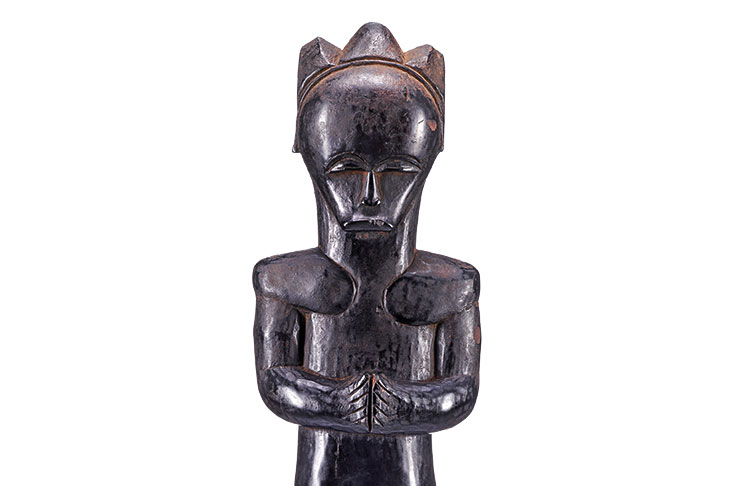
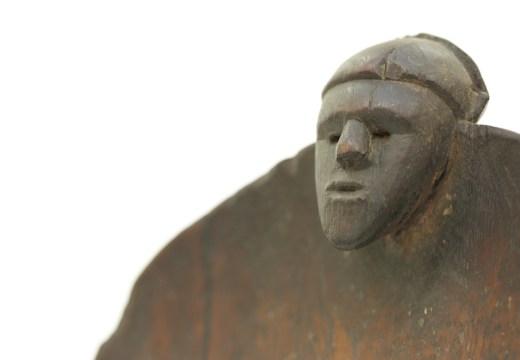
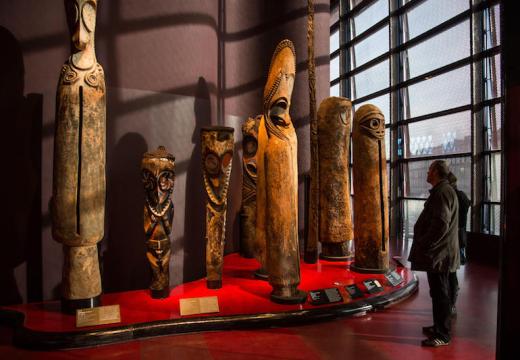
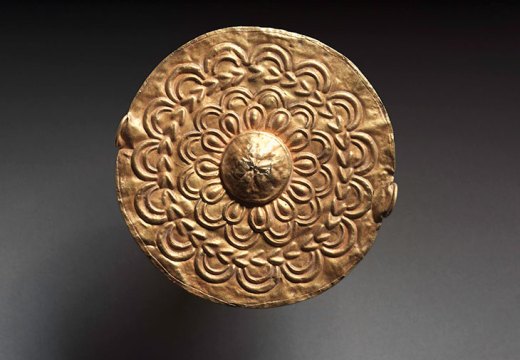









![Masterpiece [Re]discovery 2022. Photo: Ben Fisher Photography, courtesy of Masterpiece London](http://www.apollo-magazine.com/wp-content/uploads/2022/07/MPL2022_4263.jpg)
It’s time for the government of London to return to its rightful home